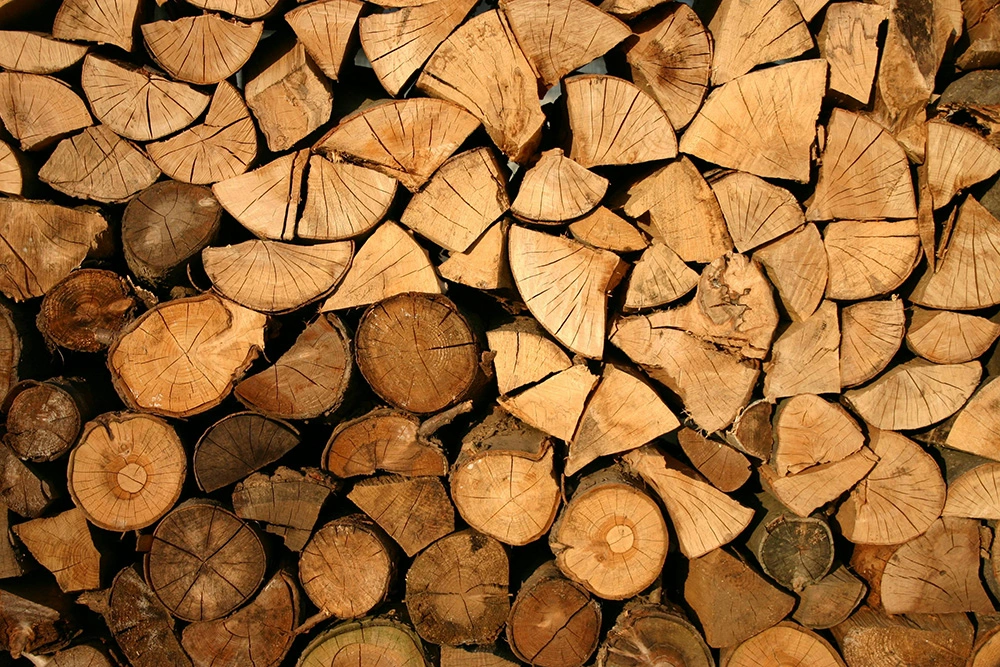



Make your scroll saw projects shine with the perfect wood for clean, detailed cuts.

Let’s face it – your scroll saw is only as good as the wood you feed it. The wrong material can lead to dull blades, ruined projects, and an outpouring of language that would make a sailor blush. So, let’s break it down: what’s the best wood (and wood-like materials) for your scroll saw adventures?
First off, not all woods are created equal. Some are as soft as butter, while others are as stubborn as your last DIY project’s budget. Knowing your wood can mean the difference between crisp cuts and frustrating fuzziness. Different woods and materials behave uniquely under the scroll saw, and understanding these quirks can save you time, money, and headaches. Let’s dive into the details.
Baltic birch plywood is the scroll saw’s BFF. It’s stable, consistent, and its layers hold together beautifully. It’s perfect for intricate designs, and I’ve used it on many projects myself.
Why It Rocks:
This plywood is also a dream to finish. Sand it lightly, apply a stain or paint, and watch your project come to life. Keep an eye out for the grade stamps—higher-grade Baltic birch is worth the extra few bucks.
Hardwoods are like the luxury cars of woodworking. They’re pricier, but man, do they look good. Cherry and walnut are especially popular for projects that need a polished, high-end finish. Be prepared to slow down your cutting speed—these beauties are dense.
Why They’re Great:
Hardwoods require sharp, high-quality blades to achieve clean cuts. Don’t rush the process; let the blade do the work. This patience pays off when you see the rich grain patterns shine through.
Softwoods are the new kid on the block—easy-going and affordable. They’re great for beginners or large-scale projects. Just watch out for knots and sap, which can gum up your blade faster than you can say “shop vac.”
Pros:
While softwoods are forgiving, their grain can sometimes tear out during intricate cuts. Avoid this by using a backing board and fine-tooth blades. Also, consider the environment you’re cutting in; softwoods can be aromatic, which is lovely unless you’re allergic to cedar.
MDF is like the tofu of materials: bland but versatile. It’s great for practice, stencils, or projects where paint is doing all the talking. The downside? It generates a ton of fine dust—mask up and keep that shop vac handy.
Key Benefits:
MDF works best for projects that don’t require the wood’s natural aesthetics. It’s also a favorite for creating layered designs or patterns where precision is key. Just remember to seal the edges before painting—MDF’s porous edges can soak up paint like a sponge.
Feeling fancy? Exotic woods like purpleheart or zebrawood can make your project pop. But these woods can be temperamental—think of them as the divas of the scroll saw world. Use them sparingly and test your cuts first.
Things to Know:
Exotic woods often come with unique challenges, like unpredictable grain patterns or increased density. However, the visual impact is unparalleled. Pair these woods with simpler designs to let their natural beauty shine.
For most scroll saw projects, thinner is better. Woods between 1/8″ and 1/4″ thick are ideal for detailed work. Thicker pieces (over 3/4″) are doable but require patience and sharp blades. Remember, the thicker the wood, the harder the workout for your scroll saw—and your nerves.
If you’re layering pieces, consider combining different thicknesses for added depth. Just ensure the layers fit snugly to avoid misalignment.
Stay away from pressure-treated wood, which can contain chemicals that are harmful when cut. Also, overly resinous or knotty woods can gum up your blade and make you question your life choices. Woods with unpredictable grain, like some cheaper plywoods, can cause your blade to wander, resulting in uneven cuts.
Experimenting with different wood types can add unique character to your projects. Combine hardwoods and softwoods for contrasting designs or try inlays with exotic woods to make your pieces stand out. Don’t be afraid to mix materials like MDF with hardwood veneers for a professional touch on a budget.
Choosing the right wood for your scroll saw projects can elevate your work from “meh” to masterpiece. Baltic birch is a great go-to, hardwoods bring class, and MDF keeps things affordable. Whatever you choose, make sure it matches your project’s vibe and your scroll saw’s capabilities. Now go forth and cut with confidence! And remember—the right wood, a sharp blade, and a little patience can make all the difference in the world.